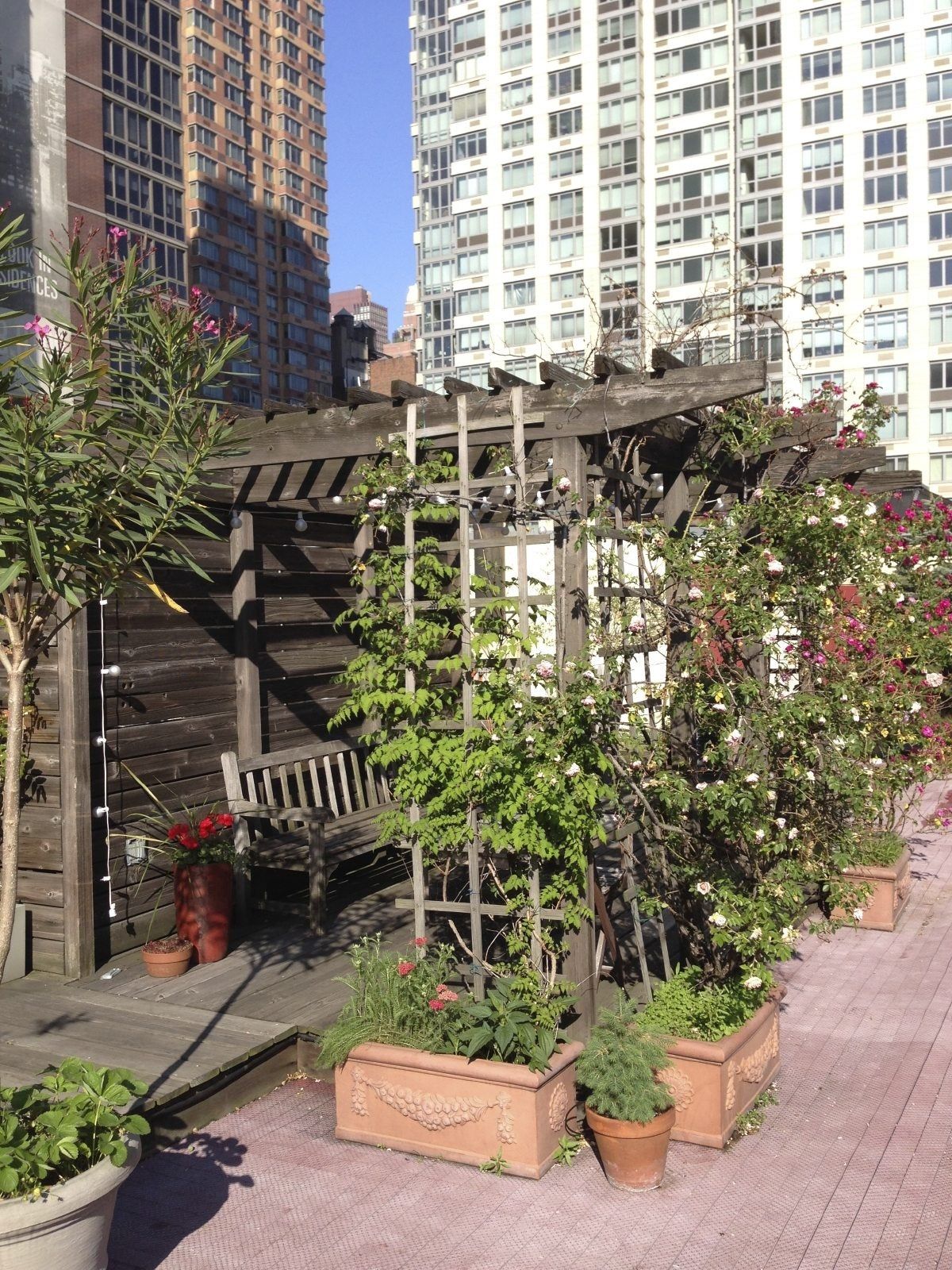An Unbiased View of City Blooming
The Single Strategy To Use For City Blooming
Table of ContentsCity Blooming Can Be Fun For EveryoneThe 5-Minute Rule for City BloomingThe Facts About City Blooming RevealedThe Basic Principles Of City Blooming The Only Guide to City Blooming
Intrigued in expanding food for sale in the City of Chicago? Below is a listing of often asked concerns concerning the policies and regulations that farmers must think about when planning a city agriculture task.
The zoning change does not modify any kind of other codes dealing with composting, building permits, acquiring or renting City owned building, service licenses or environmental contamination. There are existing codes that regulate these issues and they remain in complete effect and may apply to your task. Area yards are commonly possessed or taken care of by public entities, civic organizations or community-based companies and maintained by volunteers.
Urban farms expand food that is intended to be sold, either on a nonprofit or for-profit basis. As a result of their commercial function, urban ranches call for a service certificate. Yes. A neighborhood garden is enabled to offer surplus create that was expanded on website if the sales are accessory or subservient to the garden's main objective defined over.
City Blooming Can Be Fun For Anyone
Composting is allowed but only for plant product that is generated and used on website. The quantity of garden compost material can not go beyond 25 cubic yards at any given time according to the criteria in 7-28-715 of the City's Municipal Code. Yes. Due to the fact that the soil at most brand-new yard sites requires changing, compost, soil, timber chips, or various other materials can be gotten to build or enhance the expanding area - sustainability.

If a building authorization is needed then the hoophouse will certainly be taken into consideration an accessory structure. You can learn even more regarding the structure permit needs by speaking to the Department of Structures. The 25,000-square-foot dimension limit is meant to stop a solitary community yard from dominating a given block or diminishing the block's existing property or industrial personality.
The limit does not use to yards located in Public Open Space (POS) districts. Can there be more than one area yard that is 25,000 square feet on a single block? Fence is not required, nevertheless, gardens that have huge vehicle parking locations might be required to install fence or various other landscape design features.
The Definitive Guide to City Blooming
B1 & B2 districts need that all industrial use activities be conducted indoors. R districts limit business activity. The policies show the function and intent of the Zoning Code. Is fence required for metropolitan farms? Yes. Fencings might be needed, together with landscaping and screening, for particular parking lot and outside work or storage areas depending upon location and the particular task occurring.
Yes. Urban ranches need building permits and zoning approvals prior to building. Other forms of city review might be called for depending upon particular structures, tasks, dimension, landscape design, licensing, public health and stormwater monitoring problems. Most of these requirements are identified in the job design or allowing procedure, nonetheless, the candidate may be liable to individually determine certain licenses or permits that might be needed.
The Department of Company Matters and Customer Security can help establish the certain kind of company license that's required. Off street auto parking is needed for the majority of commercial tasks in Chicago. The visit the website needed number of car park spaces is based on the number of workers working on website and not the square footage of the growing space.
Some Ideas on City Blooming You Need To Know

Yes. An urban farm can offer garden compost material generated on website, nevertheless, the operation has to follow the laws in 7-28-715 of the Chicago Municipal Code. Yes. Aquaponic systems are permitted inside your home on urban farms in lots of zoning areas. Nonetheless, a zoning review and building permit is required in order to set up structures or systems and an organization permit is called for as defined over.
Approximately 5 hives or nests of honey bees may be maintained as an accessory usage. Beekeepers must register with the Illinois Division of Agriculture. For more information regarding the suggested zoning amendment you might speak to the Division of Housing and Economic Development, Bureau of Preparation and Zoning at 312.744.8563.
, which takes location in country locations at the edge of suburbs.
The Best Strategy To Use For City Blooming
It can involve a motion of organic cultivators, "foodies" and "locavores", who seek to create socials media established on a common principles of nature and neighborhood holism. These networks can create using formal institutional assistance, becoming incorporated right into regional community planning as a "shift town" motion for lasting urban growth.
The more direct accessibility to fresh vegetable, fruit, and meat items that might be realised with city agriculture can improve food security and food safety while reducing food miles, bring about lower greenhouse gas discharges, therefore adding to environment change mitigation. Several of the first evidence of urban agriculture originates from Mesopotamia.